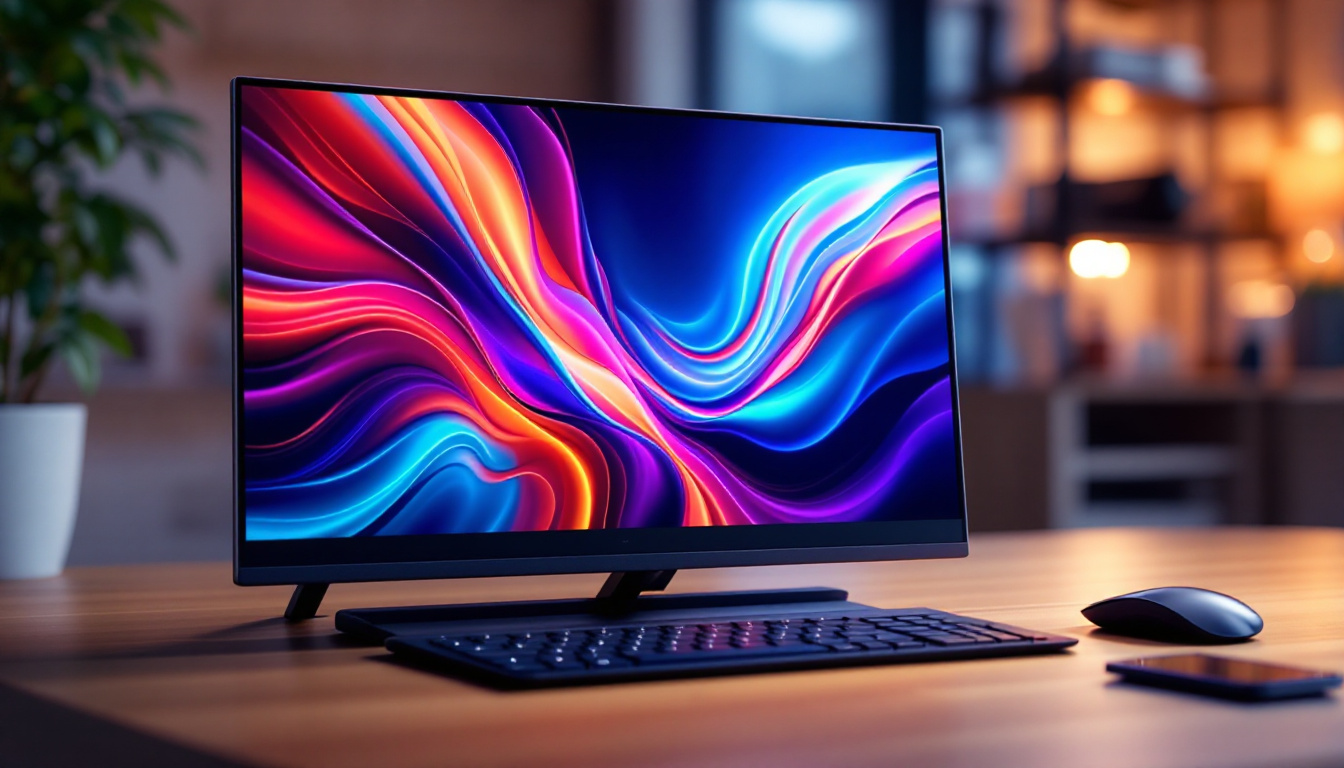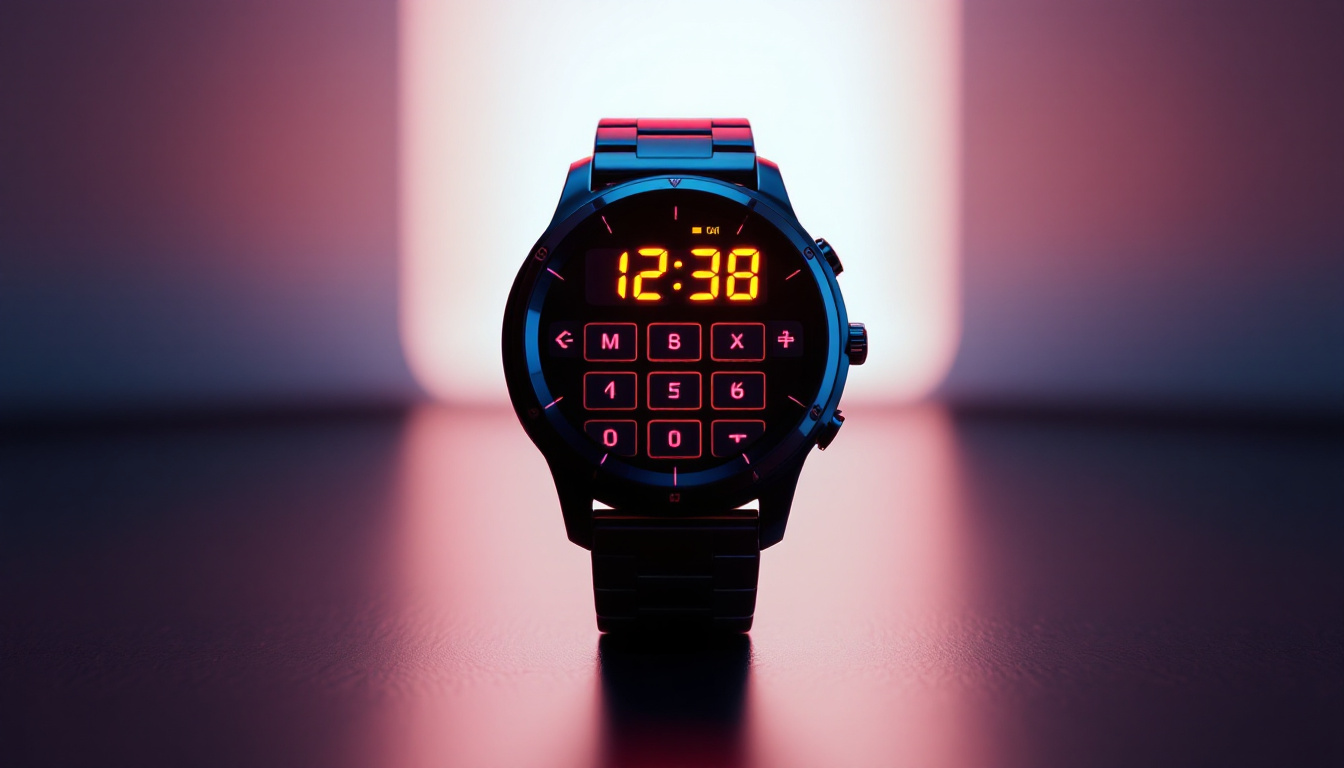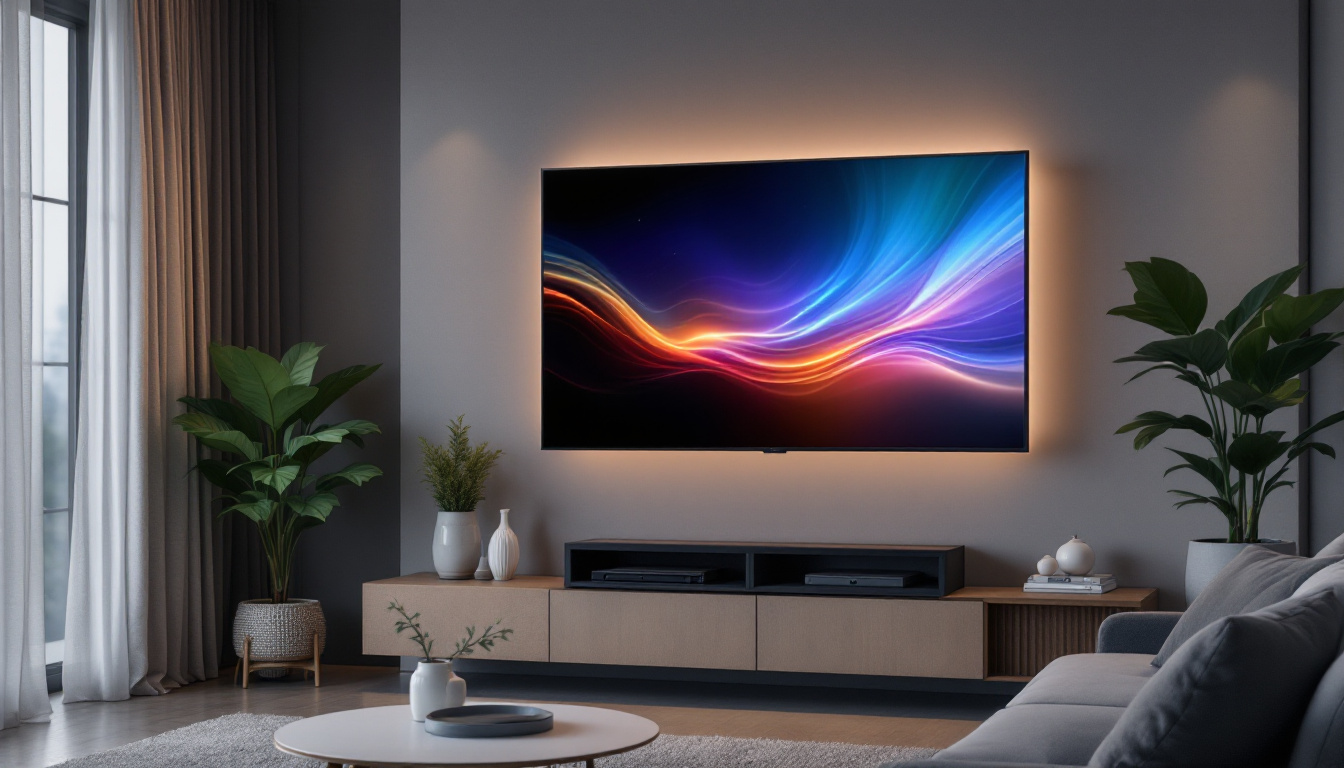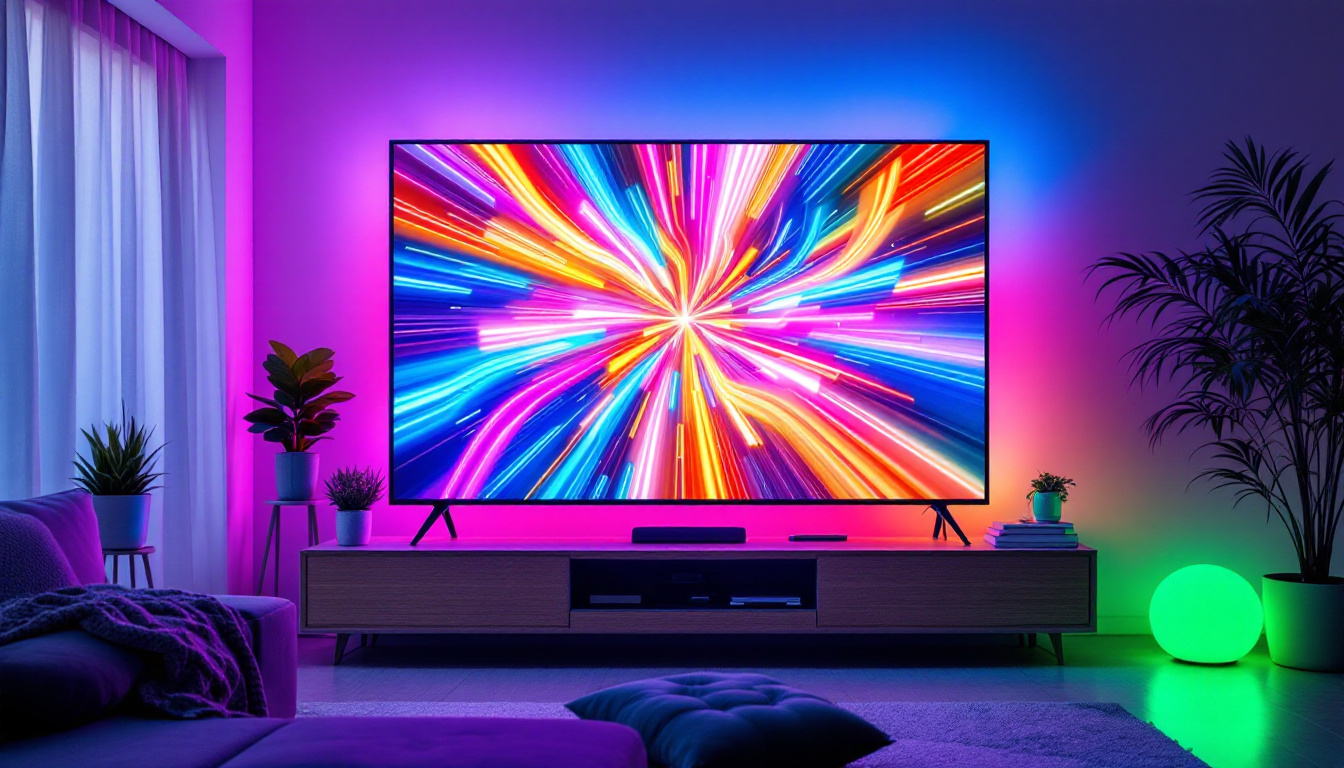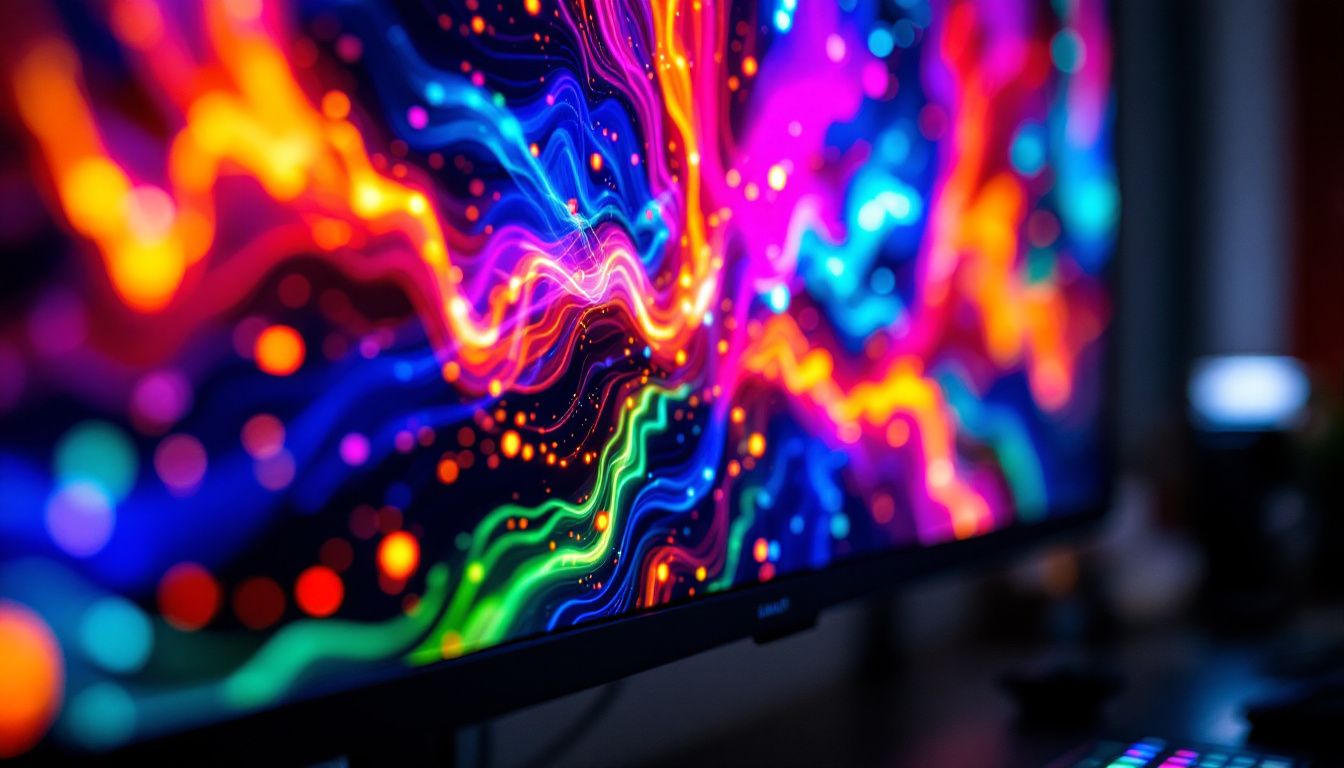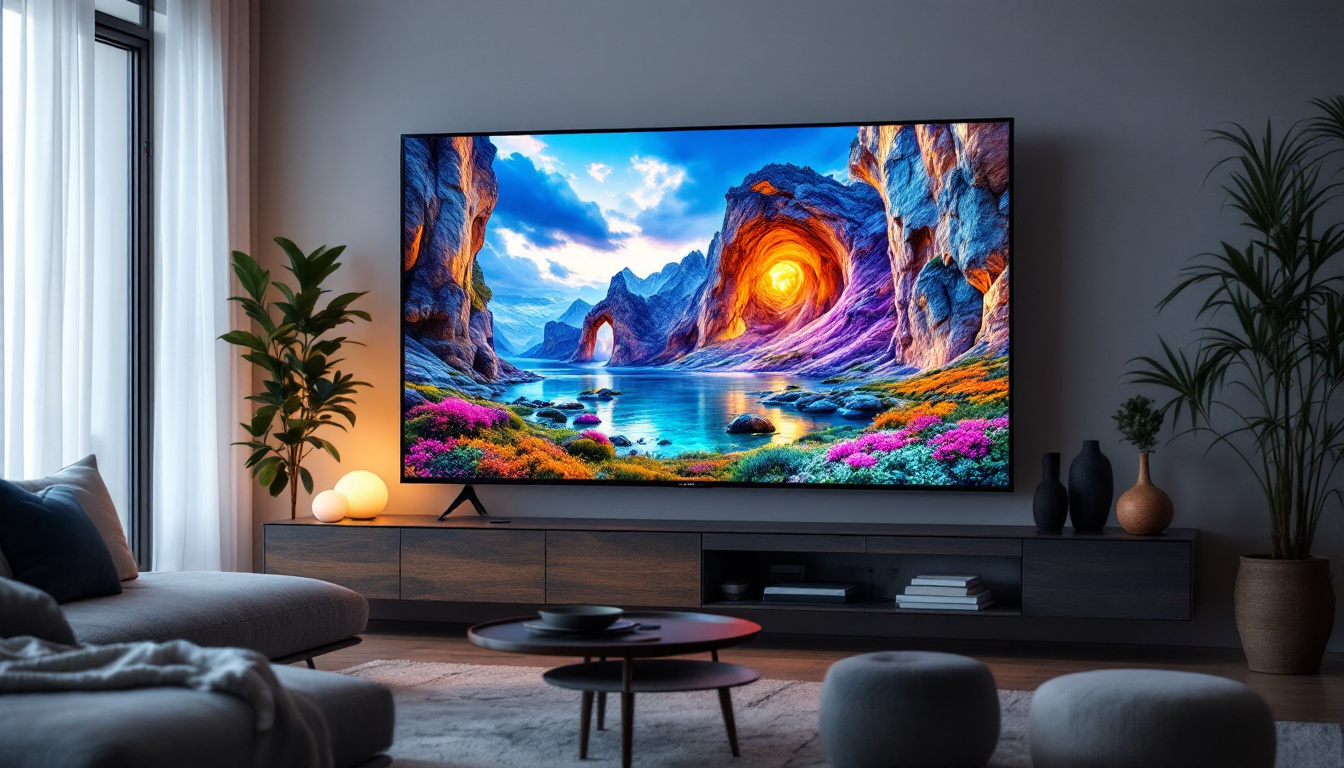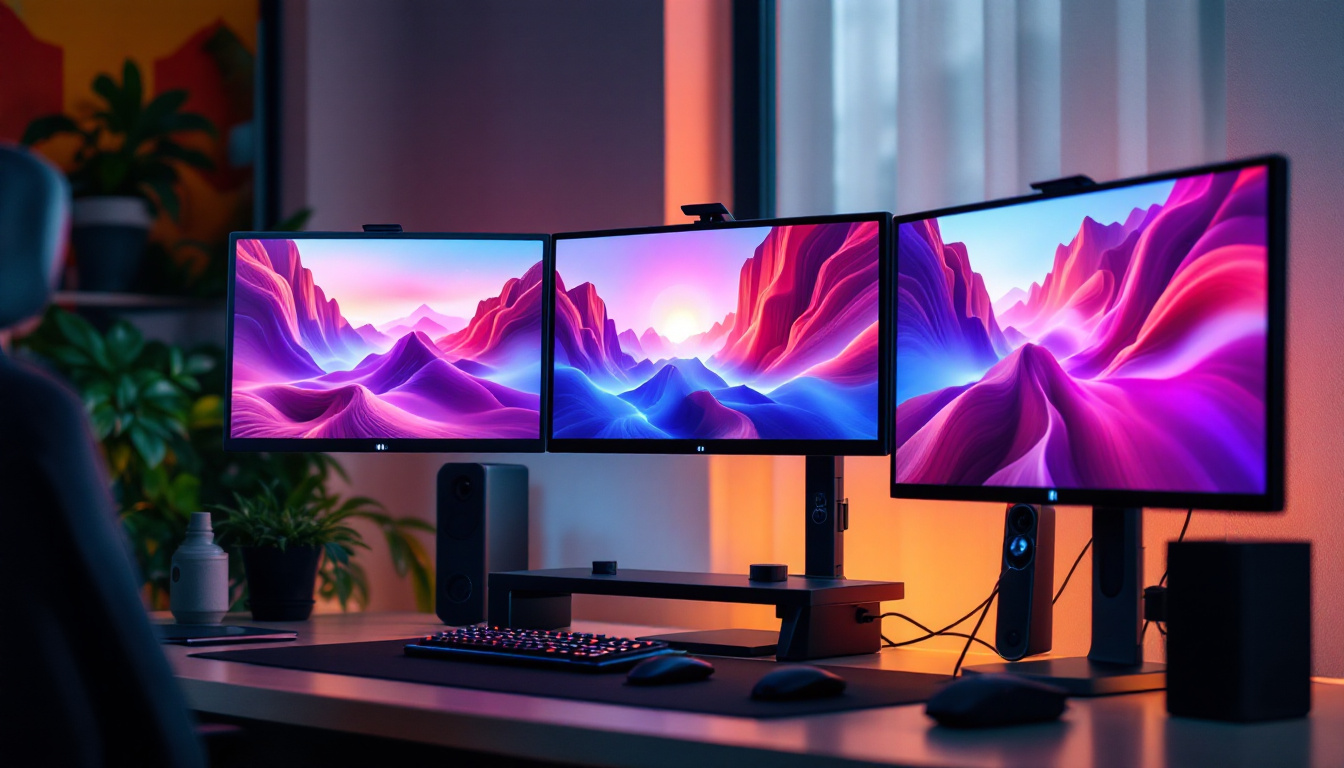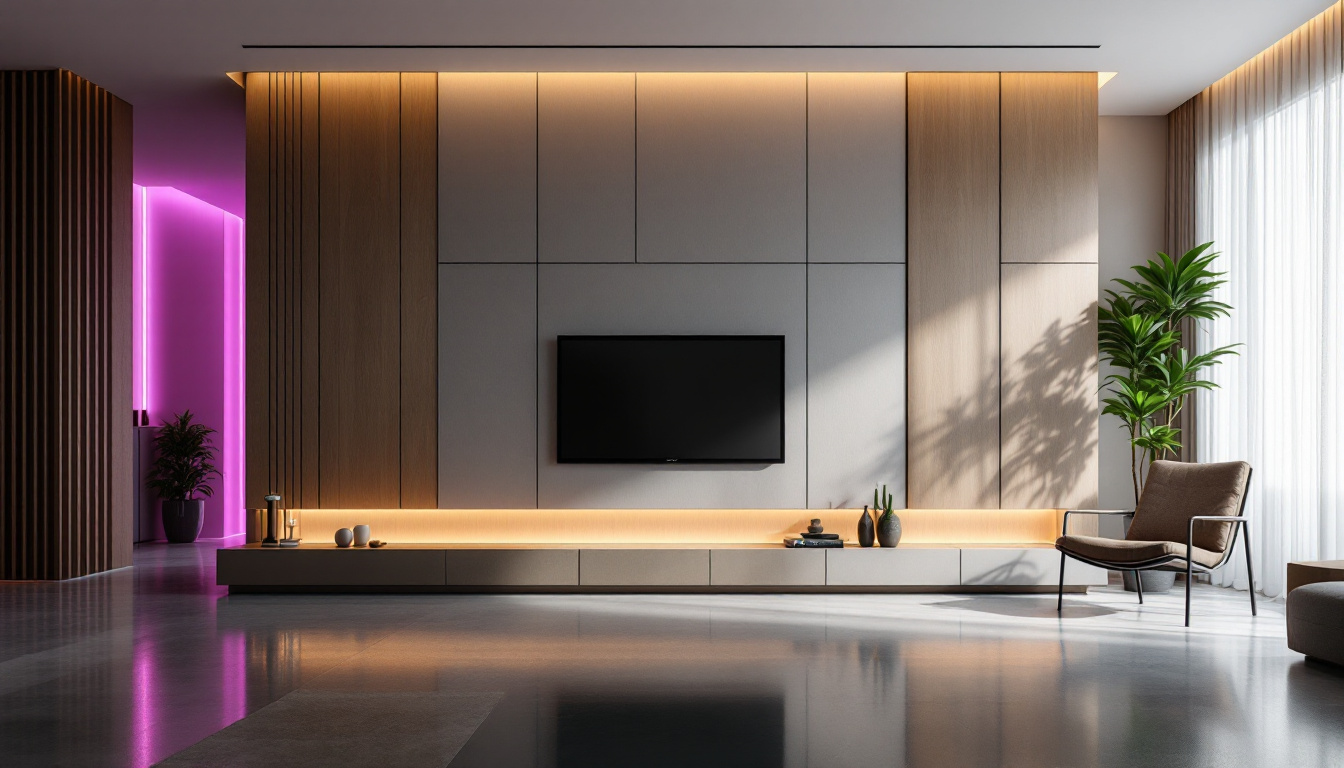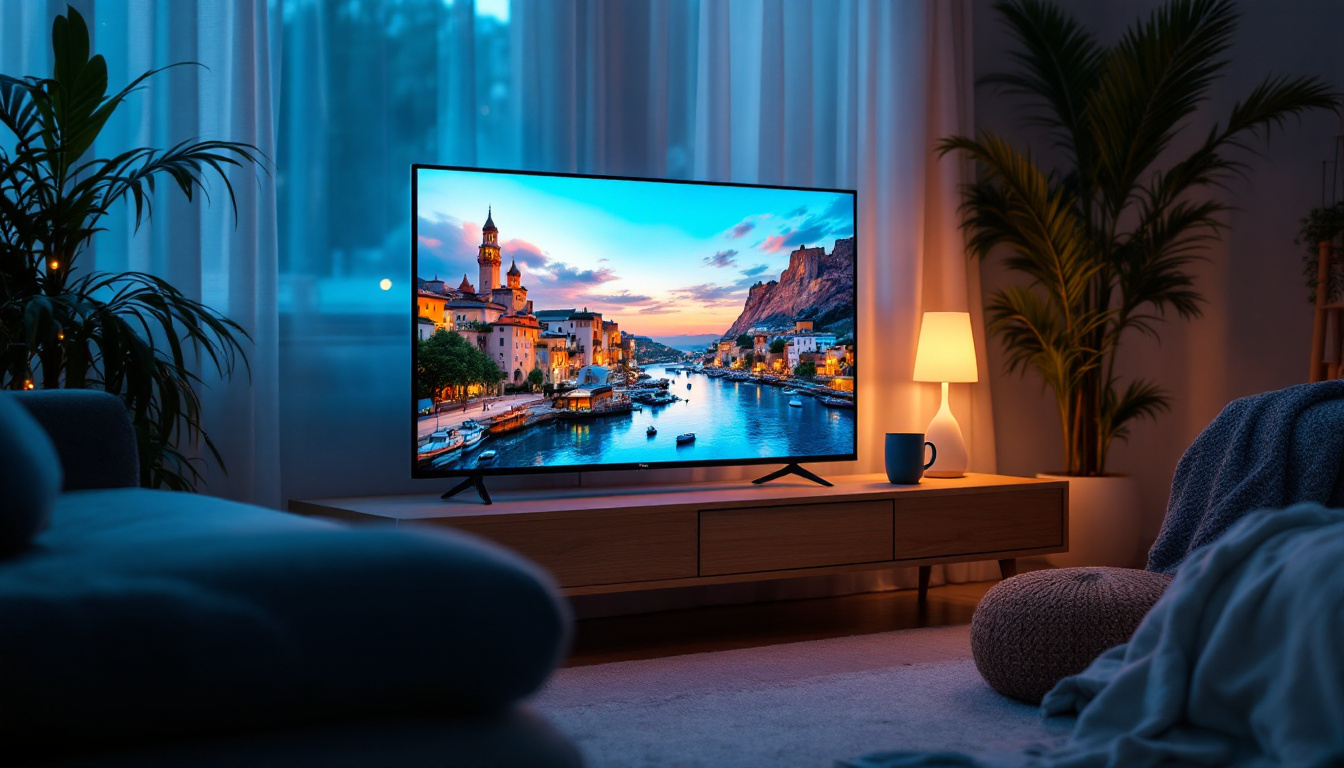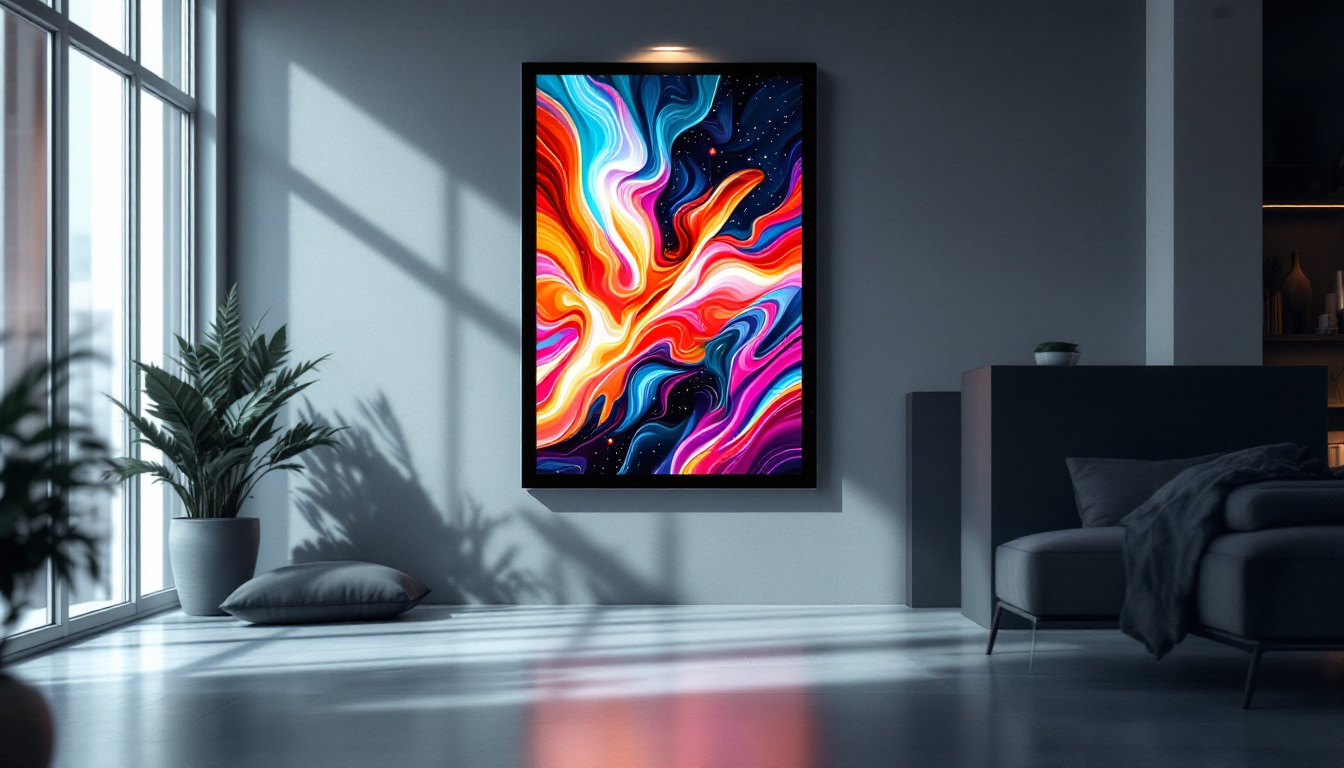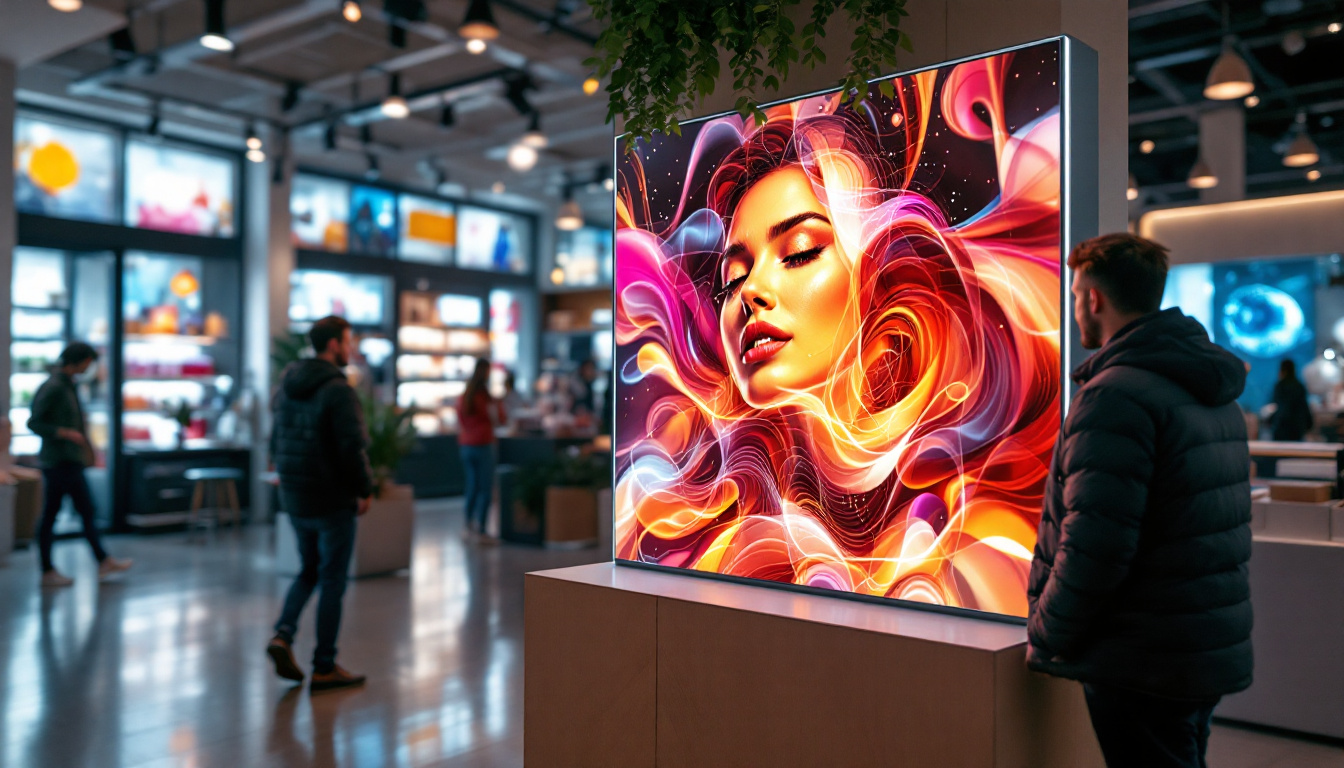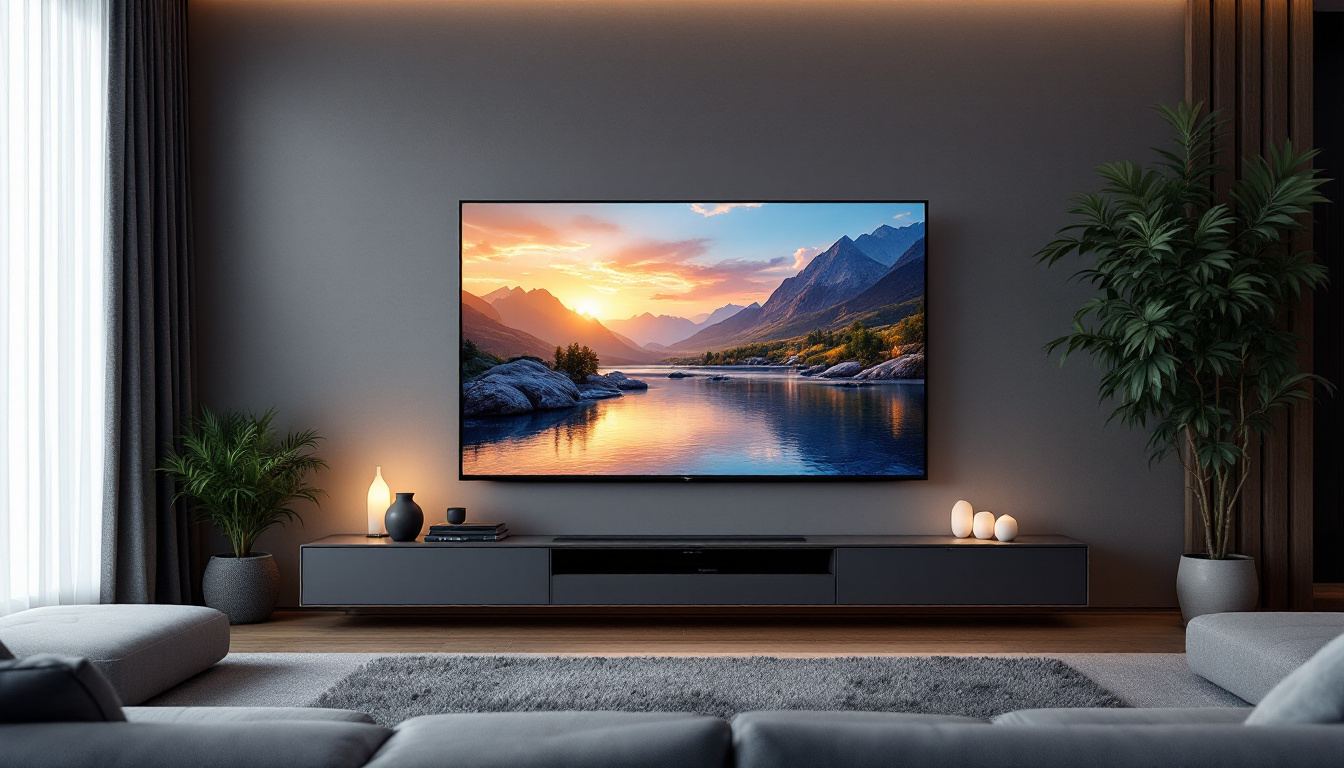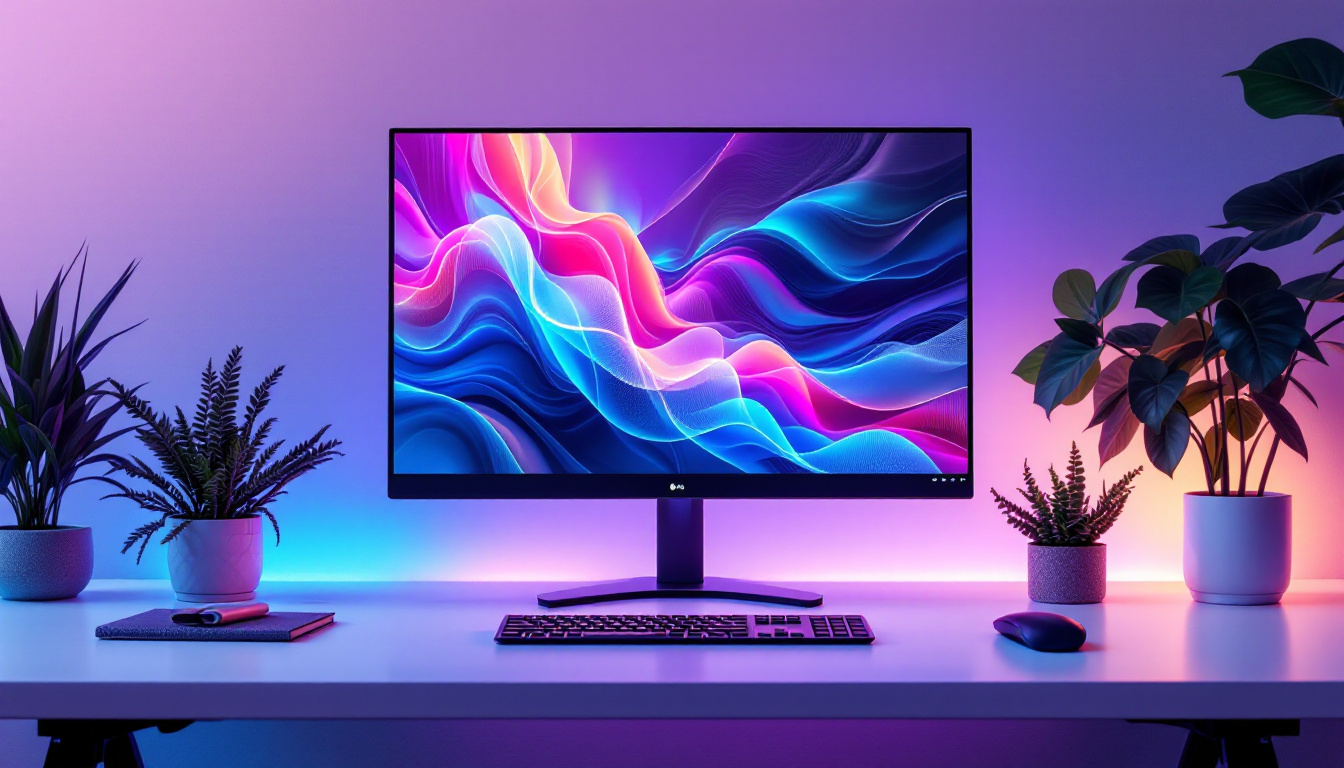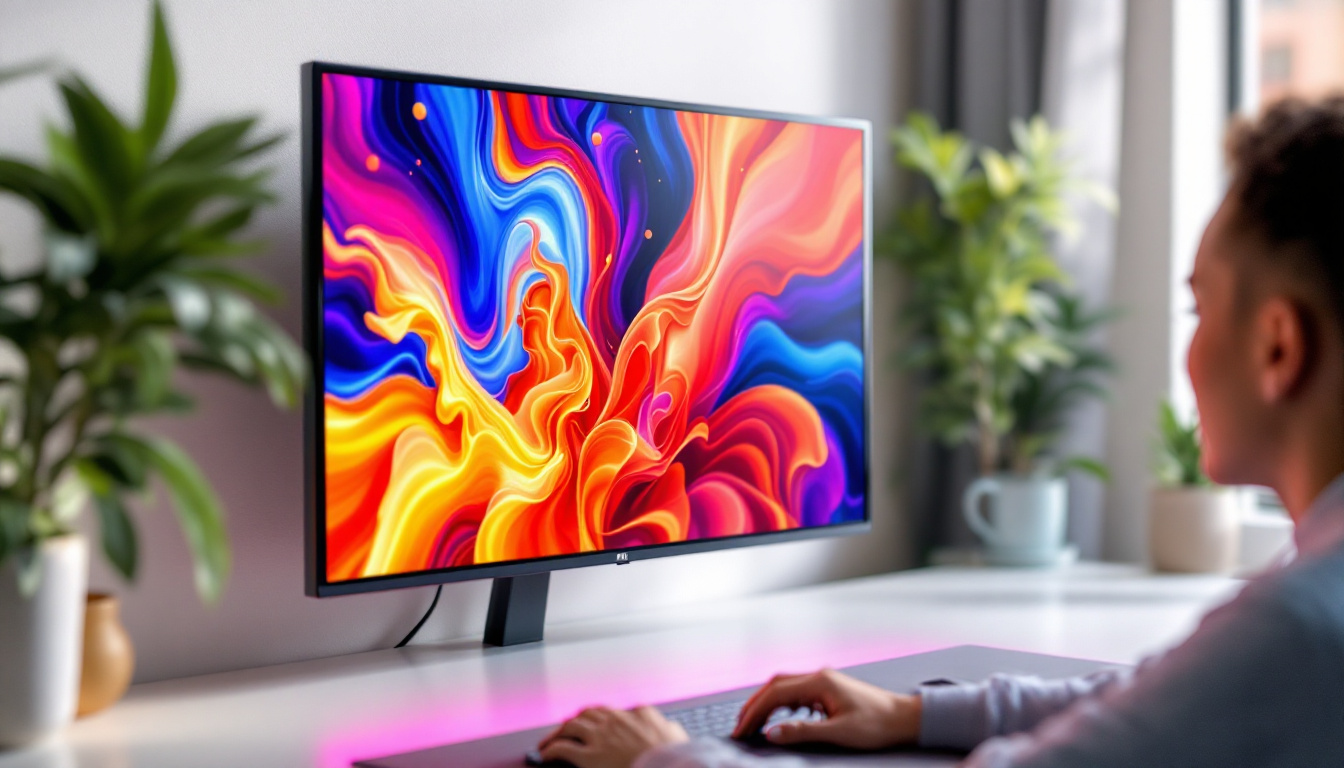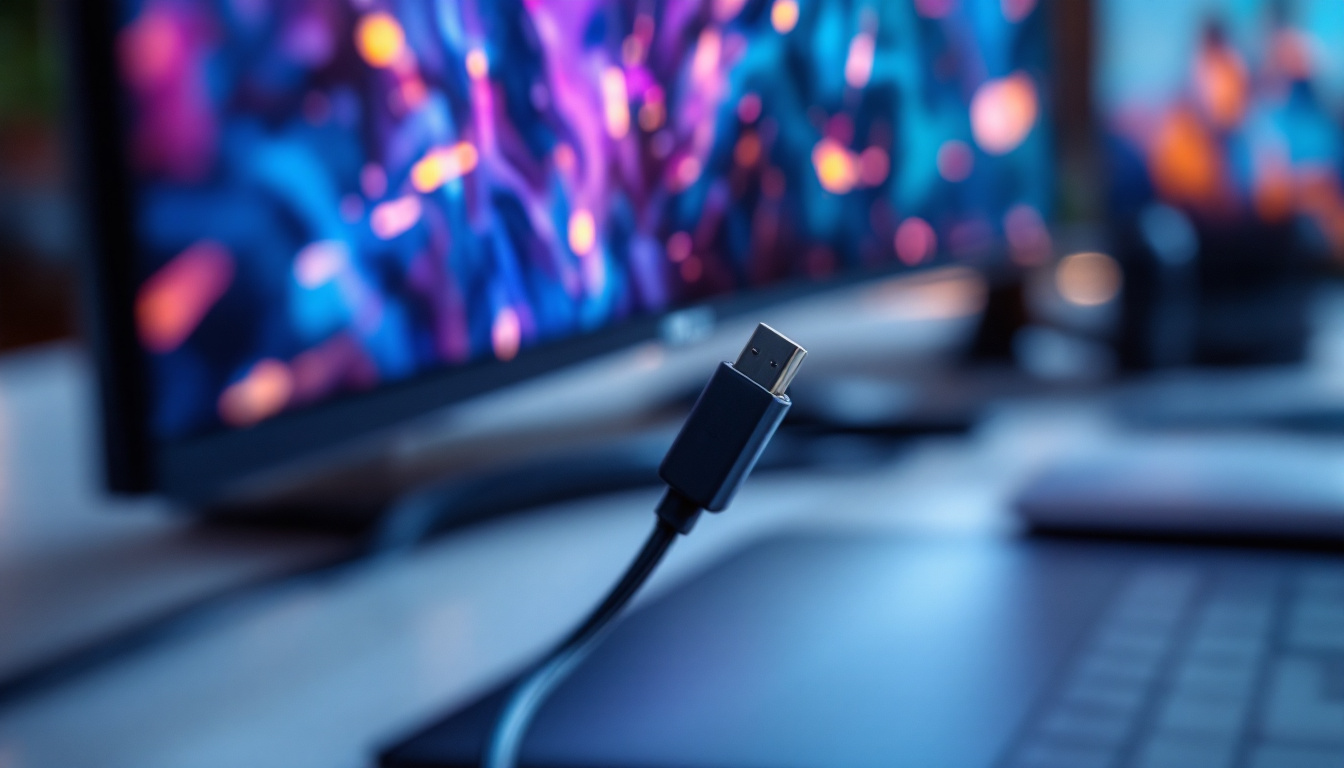Cheap Touch Screen PC: LED Display Explained
In recent years, touch screen PCs have gained immense popularity due to their user-friendly interfaces and versatile applications. Whether for home use, educational purposes, or business environments, these devices offer convenience and efficiency. Among the various components that contribute to the performance and visual appeal of touch screen PCs, the LED display stands out as a key feature. This article delves into the intricacies of LED displays in cheap touch screen PCs, exploring their technology, advantages, and considerations for potential buyers.
Understanding LED Display Technology
LED, or Light Emitting Diode, technology has revolutionized the way displays function. Unlike traditional LCD screens, which require a backlight, LED displays utilize tiny diodes that emit light when an electric current passes through them. This innovation not only enhances brightness and color accuracy but also contributes to energy efficiency. The compact size of LEDs allows for thinner and lighter display designs, making them increasingly popular in modern electronics, from smartphones to large-scale digital billboards.
How LED Displays Work
At the core of LED display technology is the concept of pixel illumination. Each pixel on an LED screen is composed of red, green, and blue (RGB) subpixels. By varying the intensity of each subpixel, a wide range of colors can be produced. This capability allows LED displays to render vibrant images and sharp text, making them ideal for touch screen applications. The rapid response time of LEDs also means that motion graphics appear smoother, which is particularly beneficial for gaming and video playback.
Moreover, LED displays can be classified into two main types: edge-lit and full-array. Edge-lit displays have LEDs positioned along the edges of the screen, while full-array displays feature a grid of LEDs behind the screen. Full-array displays generally offer better contrast and more uniform brightness, which can significantly enhance the viewing experience. Additionally, many full-array models incorporate local dimming technology, which allows specific areas of the screen to be dimmed or brightened independently, further improving the overall picture quality, especially in darker scenes.
Types of LED Displays
When considering a cheap touch screen PC, it’s essential to understand the different types of LED displays available. The most common types include:
- Standard LED: These displays use traditional LED technology to provide bright and colorful visuals.
- IPS (In-Plane Switching): IPS technology enhances color accuracy and viewing angles, making it a popular choice for graphic design and multimedia.
- OLED (Organic Light Emitting Diode): While typically more expensive, OLED displays offer superior contrast and deeper blacks, ideal for media consumption.
Each type has its strengths and weaknesses, and understanding these can help consumers make informed decisions based on their specific needs and budget. For example, while OLED screens are known for their exceptional color depth and contrast ratios, they may not be the best choice for environments with high ambient light, as they can sometimes struggle with reflections. On the other hand, IPS displays, while generally more affordable, may not achieve the same level of black depth as OLEDs, making them less suitable for watching movies in dark settings. Ultimately, the choice of display technology will depend on the intended use, whether it be gaming, professional design work, or casual browsing.
Advantages of LED Displays in Touch Screen PCs
LED displays offer numerous advantages that enhance the overall user experience in touch screen PCs. From energy efficiency to superior visual quality, these benefits make LED displays a preferred choice for many consumers.
Energy Efficiency
One of the most significant advantages of LED displays is their energy efficiency. Compared to traditional LCD screens, LED displays consume less power, which can lead to lower electricity bills over time. This is particularly beneficial for users who rely on their touch screen PCs for extended periods, such as students or professionals who work from home.
Improved Brightness and Color Quality
LED displays are known for their exceptional brightness levels and vibrant color reproduction. This is especially important for touch screen PCs, where users often interact with graphics, videos, and other multimedia content. The enhanced brightness ensures that images remain clear and visible even in well-lit environments, while the rich color palette provides a more immersive viewing experience.
Durability and Longevity
Another advantage of LED displays is their durability. These screens are less prone to damage compared to traditional LCDs, making them ideal for touch screen applications where users frequently interact with the display. Additionally, LED technology tends to have a longer lifespan, meaning users can enjoy their devices for years without significant degradation in performance.
Considerations When Buying a Cheap Touch Screen PC
While the advantages of LED displays are compelling, there are several factors to consider when purchasing a cheap touch screen PC. Understanding these considerations can help consumers make a more informed choice that aligns with their needs and budget.
Screen Size and Resolution
The screen size and resolution of a touch screen PC play a crucial role in the overall user experience. Larger screens can enhance visibility and ease of use, particularly for tasks that require multitasking or detailed work. However, larger screens may also come with a higher price tag.
Resolution is equally important, as it determines the clarity of the images displayed. A higher resolution, such as Full HD (1920×1080), will provide sharper visuals, making it easier to read text and view images without pixelation. Consumers should weigh their preferences for screen size and resolution against their budget constraints.
Touch Screen Technology
Touch screen technology can vary significantly between devices. The two most common types are resistive and capacitive touch screens. Resistive touch screens respond to pressure, making them suitable for environments where users may wear gloves or use styluses. Capacitive touch screens, on the other hand, are more responsive and support multi-touch gestures, providing a more intuitive user experience.
For most users, capacitive touch screens are preferable due to their sensitivity and ease of use. However, those who require specific functionalities may need to consider the type of touch screen technology that best suits their needs.
Budget Considerations
When searching for a cheap touch screen PC, budget is a critical factor. While it may be tempting to opt for the lowest-priced option, it’s essential to balance cost with quality. Cheaper models may compromise on features such as display quality, processing power, and build durability.
Consumers should establish a budget and prioritize features that are most important to them. Researching various models and reading user reviews can provide insights into the best options available within a given price range.
Popular Applications of Touch Screen PCs
Touch screen PCs have found applications in various fields, thanks to their versatility and user-friendly interfaces. Understanding these applications can help potential buyers appreciate the value of investing in a touch screen PC.
Education
In educational settings, touch screen PCs are increasingly being used to enhance learning experiences. Interactive lessons, digital whiteboards, and collaborative projects benefit from the intuitive nature of touch screen technology. Students can engage with content more effectively, leading to improved retention and understanding.
Business and Retail
In the business world, touch screen PCs are utilized for a range of purposes, from point-of-sale systems in retail environments to interactive kiosks in corporate settings. These devices streamline operations and enhance customer interactions, making them invaluable tools for businesses looking to improve efficiency and service quality.
Home Use
For home users, touch screen PCs offer a convenient way to access information, manage tasks, and enjoy entertainment. Whether browsing the internet, streaming videos, or managing smart home devices, touch screen PCs provide a seamless and engaging experience that traditional computers may not match.
Future Trends in Touch Screen Technology
The realm of touch screen technology is continually evolving, with new advancements on the horizon. Staying informed about these trends can help consumers anticipate future developments and make informed purchasing decisions.
Advancements in Display Technology
As technology progresses, display quality is expected to improve further. Innovations in OLED and microLED technologies may lead to even better color accuracy, contrast ratios, and energy efficiency. These advancements could make touch screen PCs more appealing for both casual users and professionals alike.
Integration with AI and Smart Features
Artificial intelligence (AI) is becoming increasingly integrated into touch screen devices. Future touch screen PCs may feature enhanced voice recognition, gesture control, and personalized user experiences. These smart features could revolutionize how users interact with their devices, making them more intuitive and responsive.
Increased Portability and Connectivity
As the demand for portable devices rises, manufacturers are likely to focus on creating lighter and more compact touch screen PCs. Enhanced connectivity options, such as 5G capabilities and improved wireless technologies, will also play a crucial role in the future of touch screen PCs, allowing users to stay connected and productive on the go.
Conclusion
Cheap touch screen PCs equipped with LED displays offer a compelling blend of functionality, efficiency, and visual appeal. Understanding the technology behind LED displays, their advantages, and the considerations for purchasing can empower consumers to make informed decisions. As technology continues to evolve, touch screen PCs are poised to remain a vital part of both personal and professional environments.
Investing in a touch screen PC can enhance productivity, creativity, and enjoyment across various applications. Whether for education, business, or home use, these devices provide a modern solution to the demands of today’s digital landscape. As consumers navigate their options, the insights provided in this article can serve as a valuable guide in selecting the perfect touch screen PC.
Discover the Future of Touch Screen Technology with LumenMatrix
Ready to experience the ultimate in LED display technology? LumenMatrix is at the forefront of innovation, offering a wide array of LED display solutions tailored to meet your needs. From captivating Indoor LED Wall Displays to dynamic Outdoor LED Wall Displays, and from mobile Vehicle LED Displays to interactive Floor LED Displays, our products are designed to revolutionize visual communication and engagement. Elevate your touch screen PC experience with our cutting-edge LED display modules. Check out LumenMatrix LED Display Solutions today and see how we can help you create a lasting visual impact.

